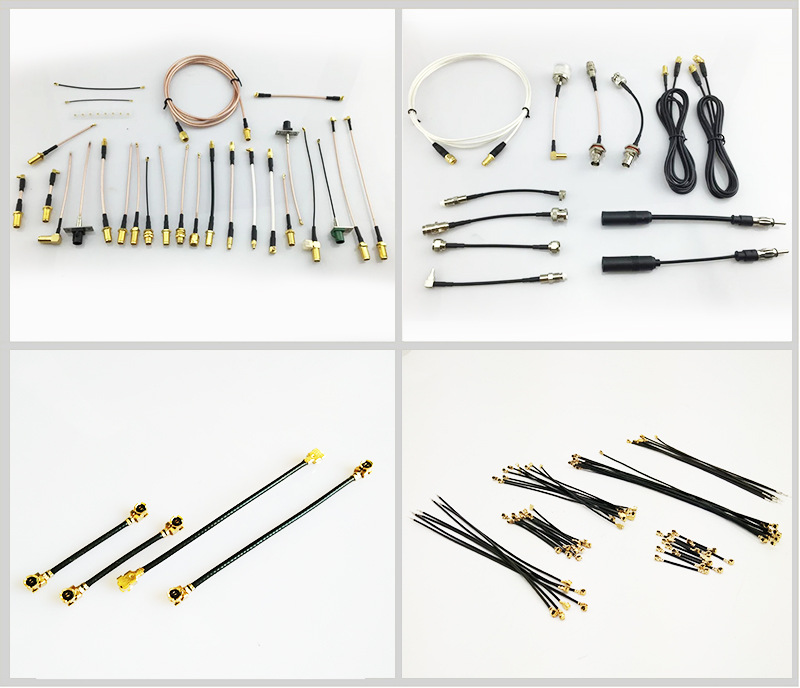Introduction
In the world of electronics, telecommunications, and networking, jumpers play a crucial yet often overlooked role. These small but vital components enable quick connections, circuit configurations, and signal routing in devices ranging from computer motherboards to industrial control systems.
This article explores:
What jumpers are and how they function
Key types and applications across industries
Benefits over fixed connections
Future trends in jumper technology
By the end, you’ll understand why jumpers remain indispensable in PCB design, server racks, and RF systems—despite the rise of software-configurable alternatives.
1.What Are Jumpers?
A jumper is a short length of conductor (often a wire or metal clip) used to close, open, or bypass an electrical circuit. They provide a simple, reversible way to configure hardware without soldering.
Common Types of Jumpers:
Shunt Jumpers – Small plastic-clad connectors that bridge PCB pins
Wire Jumpers – Flexible insulated wires for custom routing
DIP (Dual In-line Package) Jumpers – Used in legacy computer hardware
RF Jumpers – Coaxial cables for high-frequency signal connections
How Jumpers Work:
Connection: Placed across two or more terminals to complete a circuit.
Configuration: Allows users to set hardware parameters (e.g., voltage selection, boot mode).
Removability: Can be easily repositioned for different settings.
2.Key Benefits of Using Jumpers
A. Flexibility in Circuit Design
Enables quick reconfiguration without PCB redesign
Supports prototyping and testing phases
B. Cost-Effective & Reliable
Cheaper than programmable ICs for simple tasks
No firmware dependency—works instantly
C. Easy Troubleshooting
Simplifies hardware diagnostics
Allows manual overrides in case of firmware failures
D. High-Speed Signal Integrity (RF Jumpers)
Minimizes signal loss in 5G, Wi-Fi, and satellite systems
Low insertion loss compared to fixed traces
3.Major Applications of Jumpers
A. Computer Hardware & Servers
Motherboard settings (BIOS configuration, boot order)
Hard drive master/slave selection (legacy systems)
B. Industrial Automation
PLC (Programmable Logic Controller) settings
Sensor calibration adjustments
C. Telecommunications & Networking
RF signal routing in base stations
Server rack patching
D. Consumer Electronics
Smart home device configurations
Gaming console mods
E. Automotive & Aerospace
ECU (Engine Control Unit) testing
Avionics system debugging
4.Future Trends in Jumper Technology
A. Miniaturization for High-Density PCBs
Micro-jumpers for IoT and wearable devices
B. Smart Jumpers with Embedded Sensors
Self-monitoring for wear detection
C. High-Frequency Optimized Designs
6G and mmWave-compatible RF jumpers
D. Eco-Friendly Materials
Biodegradable insulation for sustainability
Conclusion
Despite advancements in programmable electronics, jumpers remain essential for hardware flexibility, reliability, and cost efficiency. From server farms to 5G infrastructure, they ensure seamless connectivity and quick troubleshooting.

AFU TELECOM is a Wireless Telecom Solution Expert with professional supporting on our customers' business globally. AFU TELECOM is always focusing on and specializing in O-RAN, Marco Cell, Small Cell, Active DAS, Public Safety and Optics Network Solutions including Antennas, Filters/Combiners/TMAs, RF Repeaters, Optics Devices and Site Accessories, especially AFU Core Team are very professional in Wireless Telecom with rich experience on our product portfolios. The Highest Priority of AFU TELECOM is Customers' Satisfaction and Product Quality. AFU MISSION IS TO CONNECT EVERYTHING!

